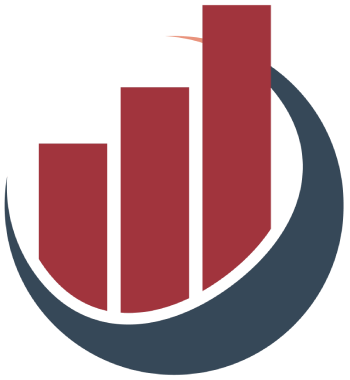In the quest for optimizing business performance, many leaders eagerly search for that elusive “silver bullet” solution—a revolutionary idea that promises to transform their operations overnight. However, this wishful thinking often overlooks a critical truth: significant improvement typically springs from a series of small, consistent enhancements rather than one grand gesture. If we’re to enhance business efficiency meaningfully, we must abandon the notion of a singular, magical fix and instead focus on habitual practices that drive better outcomes over time.
Ironically, the complexity of our technological age amplifies this quandary further, leading individuals and organizations to become enamored with sophisticated solutions. Yet, at its core, efficiency is often about refining existing processes and ensuring they run smoothly. The focus should not solely be on how innovative our solutions are, but rather on how consistently we can apply procedures that yield results.
Standardization as a Cornerstone of Success
One powerful method for enhancing efficiency is by standardizing processes within the organization. Taking a page from Michael Gerber’s “E-Myth Revisited,” the repetition of successful models proves crucial. Businesses should prioritize evaluating their best practices and ensuring these methods are documented and easily accessible. A comprehensive employee manual can be a significant asset, but it’s even more effective if processes can be automated. Automation allows for a seamless experience and reduces the possibility of human error—a vital component in maintaining quality across various operations.
For example, consider how billing processes can be streamlined. Automating regular payments diminishes the workload on staff, allowing them to focus on more value-added tasks. By implementing automation wherever possible, businesses can create a more consistent environment, leading to enhanced performance and greater satisfaction for employees and customers alike.
The Stand-Up Meeting: More Than Just a Trend
Daily stand-up meetings, a practice borrowed from the software development realm, can be a game-changer for any business model. These quick huddles, designed to last no longer than 15 minutes, foster accountability among team members by outlining daily goals and achievements from the previous day. This approach encourages productivity and gives each member a clear focus, making them feel more connected to their work and responsible for their outcomes.
Adopting this practice doesn’t require a tech-heavy environment; any organization can benefit from a structured, short discussion each day. Establishing an atmosphere of expectation and accountability fosters a culture of ownership, significantly enhancing overall efficiency.
Combatting Interruptions: The Silent Efficiency Killer
In today’s digital age, distractions are rampant. Emails, chat notifications, and spontaneous meetings constantly encroach on our focus. This incessant barrage damages productivity by preventing thorough concentration. Research indicates it can take an individual significant time to regain focus after an interruption, thereby stunting both personal and team efficiency.
Creating a distraction-free environment is vital. Leaders must cultivate spaces that promote intense focus, allowing employees to engage deeply with their work without frequent disruptions. Whether it’s closing doors or implementing signal systems indicating a need for uninterrupted time, such measures can have a profoundly positive impact. By prioritizing concentration, organizations will likely witness enhanced outputs and a more empowered workforce.
Quality Over Quantity: The Myth of Multitasking
The concept of multitasking remains romanticized in many workplaces, with employees often boasting about their ability to juggle multiple responsibilities simultaneously. However, research supports a different narrative: mastery lies in concentrating on one task at a time. As highlighted by characters like Charles Emerson Winchester III from the classic TV show “M.A.S.H.,” doing one thing well before progressing to the next dramatically enhances quality and efficiency. Businesses should challenge the glorification of multitasking and instead create environments that champion focus.
Efforts should be concentrated on developing the capability for employees to dedicate themselves completely to singular tasks. This shift not only cultivates higher quality outputs but also promotes employee wellness, ultimately translating into better organizational outcomes.
Avoiding Burnout: The Silent Efficiency Drain
Overworking employees is a danger many leaders overlook, yet it is a hidden drain on efficiency. When teams are stretched thin and required to work extended hours frequently, creativity diminishes, and productivity collapses under the weight of exhaustion. Maintaining a work-life balance is essential to nurturing a healthy workforce capable of producing high-quality work.
One piece of wisdom from turnaround experts like Dick Cross emphasizes the importance of regular introspection for business leaders. Carving out dedicated time for focused thinking can yield incredible insights that drive efficiency. By taking breaks from everyday tasks to reflect on strategic direction, leaders equip themselves with the foresight necessary to lead effectively, and encourage productivity across the organization.
In essence, the path to unlocking true business efficiency is paved with incremental changes and a commitment to fostering an environment in which employees thrive. It is time to shift focus from the search for quick fixes and embrace a philosophy that values sustained improvement through best practices.


Leave a Reply